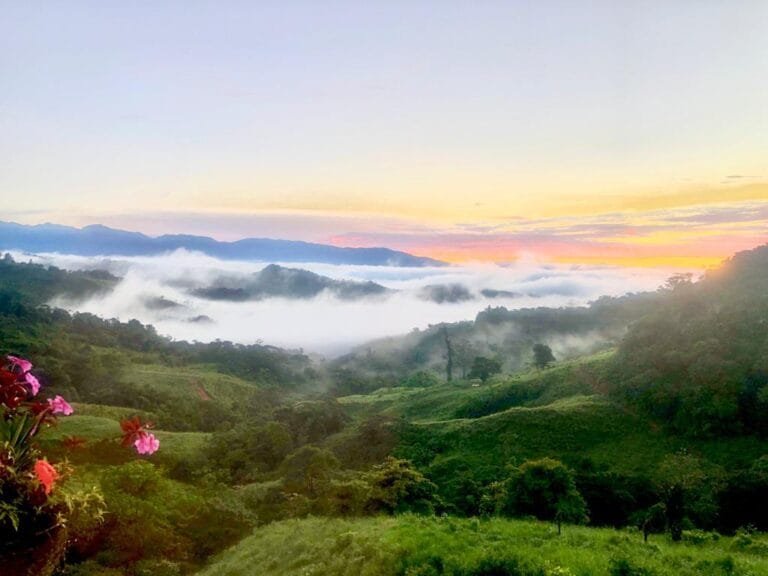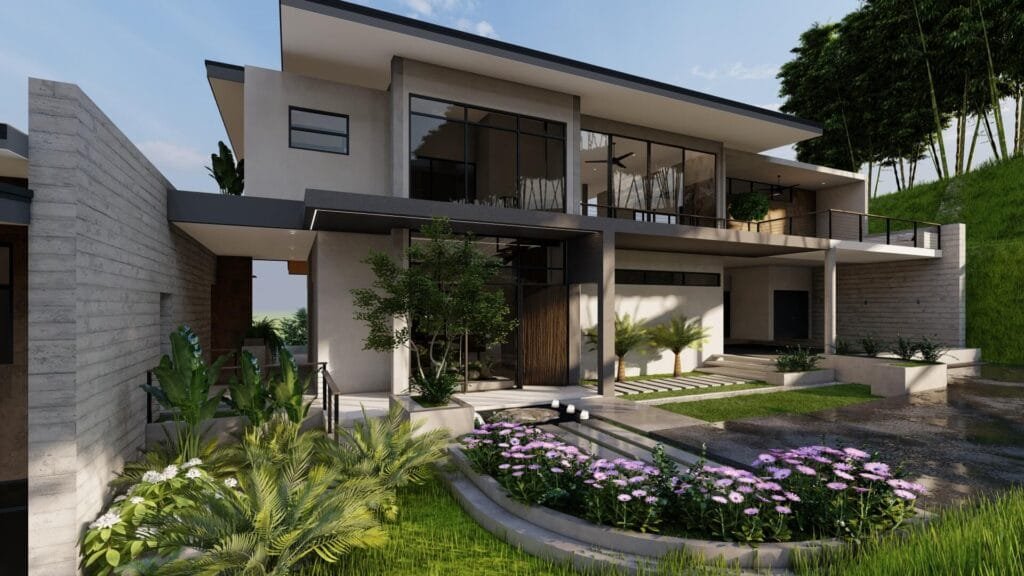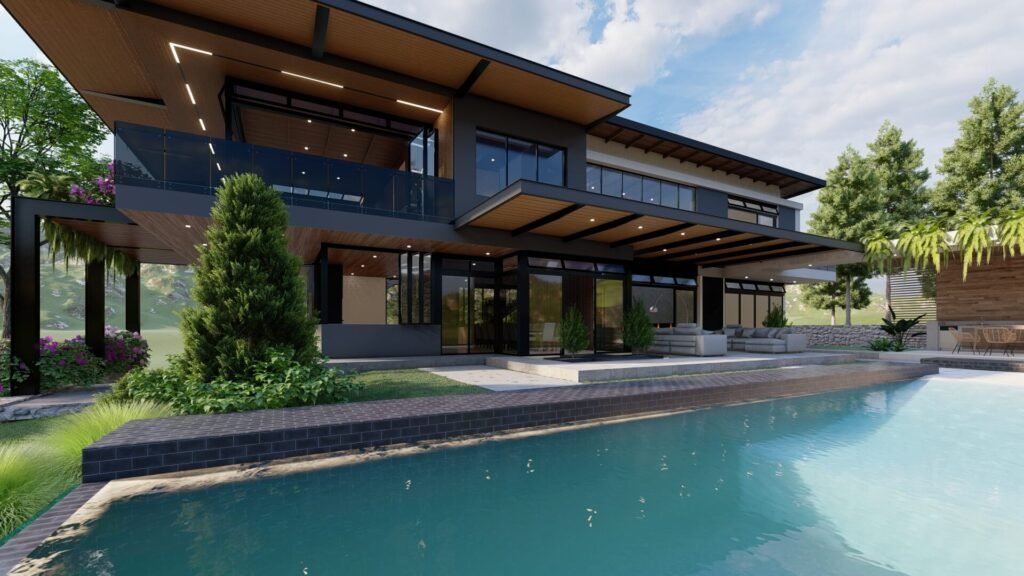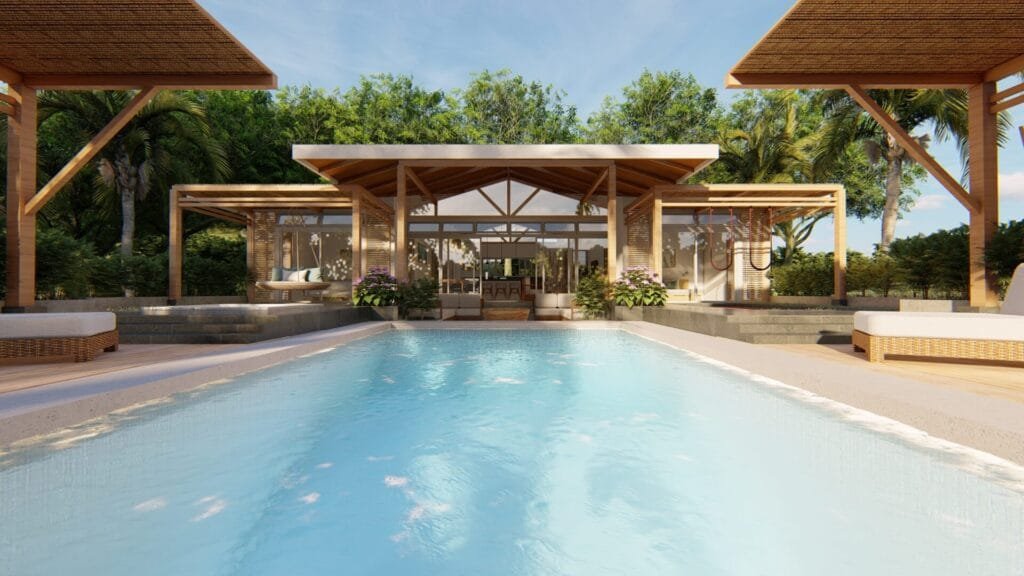Cover page » Tips for building during the rainy season in Costa Rica
In this article, we’ll explore a series of practical and strategic tips designed specifically to help you overcome rainy season obstacles and bring your construction project to fruition. Whether you plan to build a house, a swimming pool or any other structure, these tips will provide you with the guidance you need to face the rains with confidence and achieve exceptional results.
Key aspects for successful construction in rainy seasons
The rainy season in Costa Rica brings unique challenges for those involved in construction projects. From frequent rains to persistent humidity, it is essential to be prepared and take preventive measures to ensure that your architectural project is a success even in the midst of adverse weather conditions.
1. Preparation of the soil during the rainy season:
Fundamental step during the rainy season
- Conduct soil studies to evaluate the stability and drainage of the terrain.
- Implement provisional drainage systems to avoid water accumulations that could delay the construction work.
- Clean and level the land, and consider installing retaining barriers to protect construction areas from erosion caused by heavy rains.
2. Logistics planning:
Efficient logistics for building in rainy season
- Coordinate delivery of materials based on weather conditions and ensure that there is adequate storage on site to protect materials from rain.
- It is important to have a plan B for outdoor tasks so that they can be moved to covered areas if the weather worsens.
- Efficient organization of personnel and machinery also plays a crucial role in the continuity of the work.
3. Flexible programming:
Creating a flexible schedule for variable climates
- Creating a schedule that allows for adjustments and having alternative activities that can be performed indoors keeps the project on track.
- Divide the project into phases to move forward regardless of weather, and have additional time cushion to handle unexpected delays.
- Constant communication with the work team and suppliers is key to adapt the construction plan efficiently.
4. Use of natural light:
Intelligent design to maximize natural light
- Designing spaces that maximize the entry of natural light can significantly improve the working conditions and energy efficiency of the finished building.
- Consider building orientation, window size and placement, and the use of skylights or skylights.
- Good daylighting design not only benefits the building, but also creates more pleasant and healthier environments in the finished home.
5. Construction site safety considerations:
Construction site safety during rainy weather
- Implementing additional safety measures, such as using slip-resistant equipment, installing adequate lighting, and training personnel to work in adverse weather conditions, is essential.
- It is important to have emergency plans and rapid response protocols for weather-related incidents, ensuring the protection of everyone on site.
6. Choice of moisture resistant materials:
Materials suitable for wet conditions
- Opt for materials such as waterproof concrete, treated bricks and water-resistant woods.
- Use sealants and protective treatments on vulnerable surfaces, which contribute to the durability and longevity of the structure.
- Consider the use of sloped roofs to facilitate water runoff and reduce the risk of leaks.
7. Protection against water infiltration:
Strategies to prevent water infiltration
- Include the installation of temporary and permanent drainage systems, the use of waterproofing membranes and the construction of temporary roofs.
- Ensuring that critical areas are well covered and sealed will help prevent water damage, which not only protects the work in progress, but also ensures long-term structural integrity.
8. Post-construction preventive maintenance:
Importance of post-construction maintenance
- Establish a regular maintenance schedule and make minor repairs immediately to avoid major damage.
- Ensuring that drainage systems and waterproofing are working properly is crucial to avoid structural damage and keep the home in optimal condition.
Frequently Asked Questions about Construction in Costa Rica
In this FAQ section, we address the most common concerns related to home construction in Costa Rica. Our goal is to provide useful information to make your construction experience as smooth and efficient as possible.
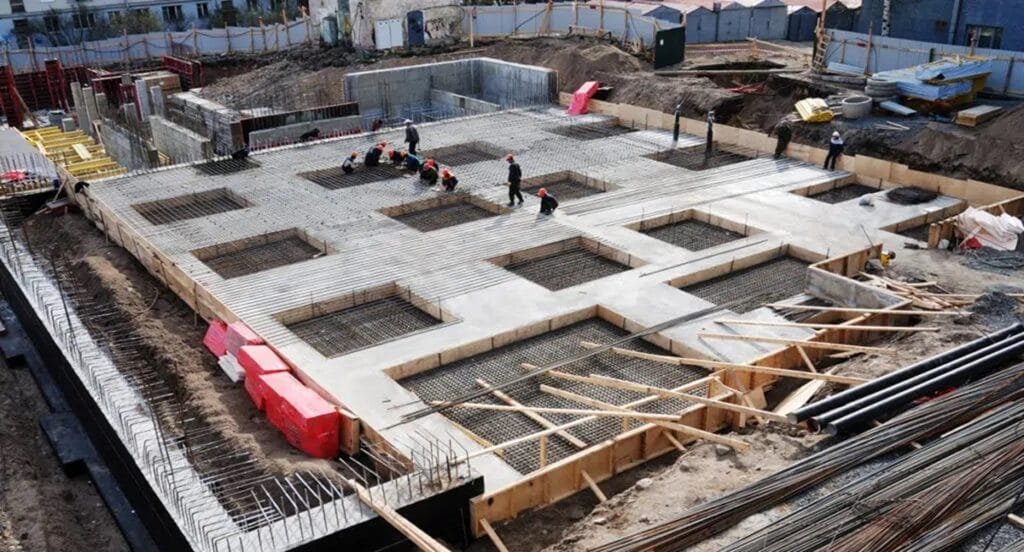
What is the first thing that should be built in a house?
The first thing that must be built in a house is the foundation, this initial stage is critical to ensure the stability and durability of the structure. It includes excavation, concrete pouring and installation of the bases and pillars that will support the weight of the building.
It is essential to perform this stage with precision, using high quality materials and strictly following the engineering drawings, since a solid foundation is the basis for the success of the entire project.
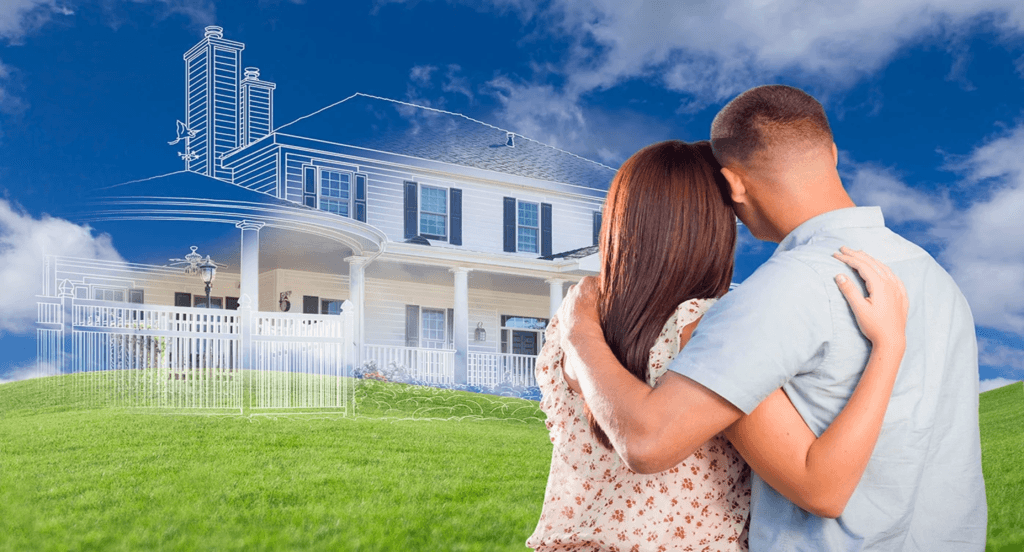
What to consider before building a house?
It is critical to consider several factors to ensure that the project runs smoothly and meets all expectations. These factors include budgeting, selecting materials, hiring qualified professionals, obtaining necessary permits and licenses, and planning the design to optimize the functionality and style of the home.
It is also important to consider the environment and climatic conditions of the area to ensure the durability and energy efficiency of the construction.
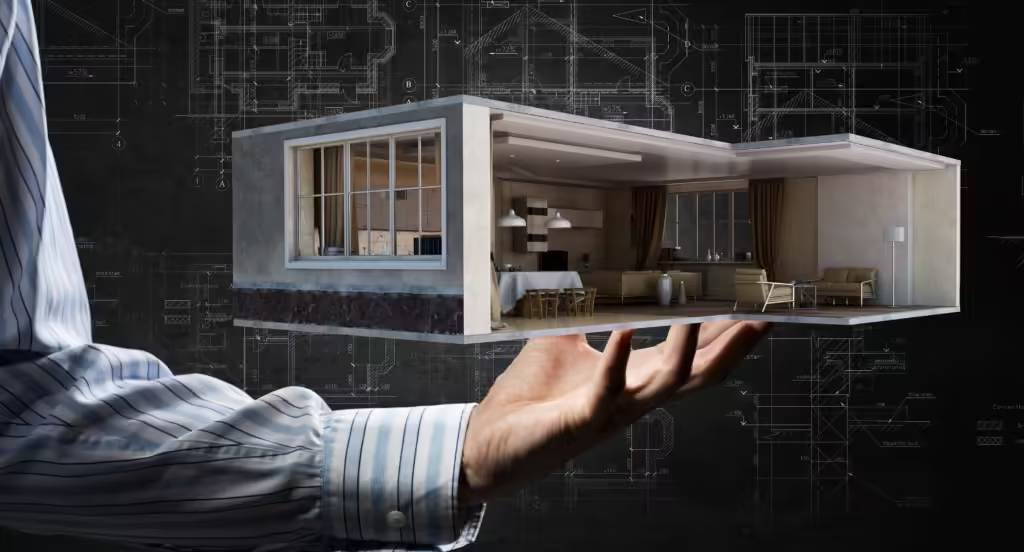
What to consider when building a house?
It is essential to take into account the location and characteristics of the land, the sustainability and energy efficiency of the design, and the specific needs of the future inhabitants. Considering aspects such as orienting the home to take advantage of natural light, integrating renewable energy systems, and implementing smart home technologies can significantly improve quality of life and reduce long-term operating costs.
In addition, planning ahead for future additions or modifications can add value and functionality to the home.
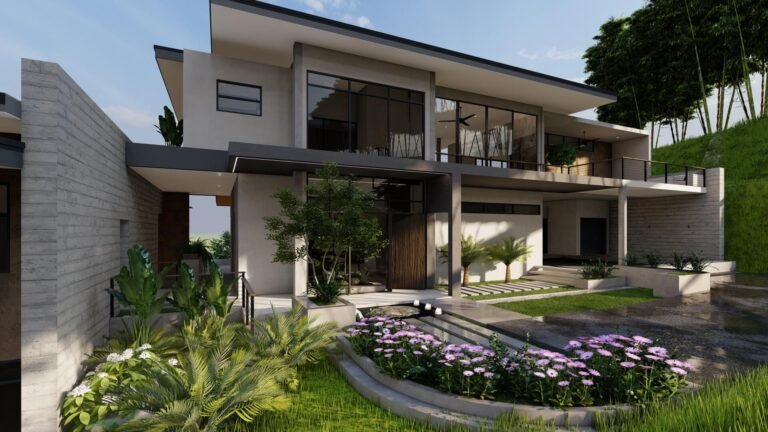
How Much Does it Cost to Build a House in Costa Rica 2024?
This is what you will find in this post: Determining the Budget to Build a House in Costa Rica. Building your dream home in Costa Rica is an exciting journey, but one of the first and most crucial steps is determining your construction budget. To ensure a successful project that meets your aspirations, it’s essential to have clarity on how much you should allocate for different aspects of your new home. In this article, we’ll provide expert perspectives to help you understand the factors that influence your budget and guide you towards making informed decisions for your construction project in Costa Rica, whether in Pérez Zeledón, Guanacaste, or other regions. Questions like: “How much does it cost to build a house in Costa Rica?”, “How much money is needed to
At Arquitectos JH, we are prepared to address all your queries. We will guide you throughout the construction process, and if you need a professional to help you find the ideal land, you’ll be in good hands. Contact us and let’s embark on this exciting journey.
Now tell us, do you want to be part of our large family of satisfied clients? If so, don’t wait any longer, contact us today.


